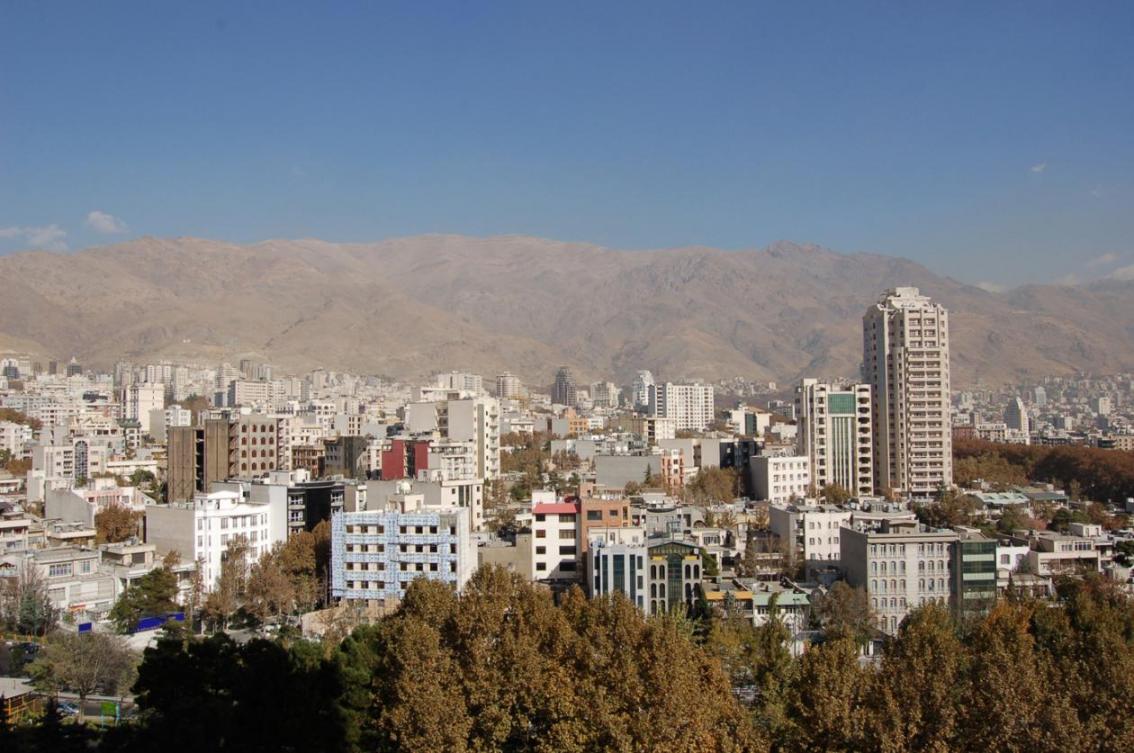Stimulating the housing market has been proven to be the cheapest and easiest way for the government to tackle unemployment and recession, Hamed Mazaherian, the deputy minister of roads and urban development, said in an interview with ISNA.
“One job opportunity is expected to be created as a result of every 250-million-rial investment in the housing market,” he said, underlining that western sanctions “will not have an impact on the market” he said.
The government is embarking on two important projects in a bid to stimulate the housing market, which has been in recession for a year. One is the 300,000 loans, he said, that are set to be granted to mass builders for renewing dilapidated urban structures, which he said is expected to stimulate the industry and create employment. Another plan is to grant 200,000 rural loans with a 150-million-rial ceiling, he added.
He said that 1,060,000 housing units have to be built annually based on a comprehensive housing plan, which was drafted by the High Council for Urban Planning and Architecture affiliated to the ministry of urban development.
Referring to the government’s decision to increase the housing loan ceiling to 800 million rials, the official said, “According to our estimates, loans have to be granted to about 300,000 units and relevant negotiations with the CBI are underway.”
The ministry of roads and urban development and the central bank have jointly introduced a proposal to increase the current housing loan ceiling to 800 million rials, which is expected to account for 50 percent of the price of a small housing unit.
The Rouhani administration has come up with a new comprehensive housing blueprint known as ‘Urban Zone’. The plan seeks to avoid mistakes of the past four decades in the sensitive socioeconomic sector by allocating government-owned land for constructing affordable housing, the ministry of urban development announced in early November. The scheme, among other things, is aimed at building the so-called “welfare houses” for the 30% of the population at the lowest-end of the economic ladder, comprising almost 2.4 million people now living in rented units.


